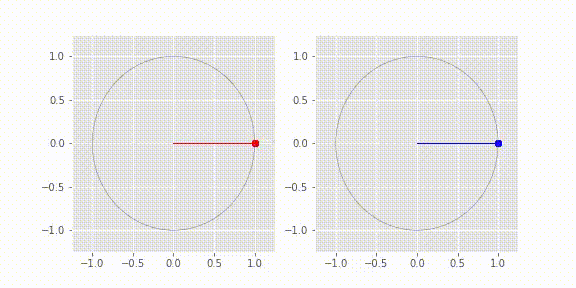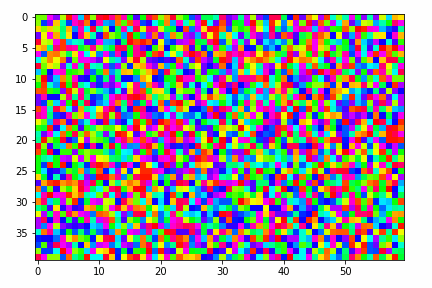This repository contains the code for a fully-differentiable Kuramoto model in the form of "KuraNet". KuraNet, based on reference [1], is used for understanding the relationship between disordered node features and dynamical behavior by modeling this relationship as a differentiable, parametrized function. This function is a deep neural network trained by gradient descent using torchdiffeq [2].
All code is written in Pytorch 1.4.0. using Python 3.5.2. After cloning this repository, run
pip install -r requirements.txt
to install all necessary requirements (besides Python, CUDA backend and ffmpeg). Note that current versions of pip do not work with Python 3.5. If you encounter any installation problems, consider using pip version 20.4.3. To install ffmpeg for animations in demos, please follow the Linux, Windows or Mac instructions according to your system. Installation on a system running Ubuntu 14.04 took about 5 minutes.
Demos for three experiments are contained in the notebooks global.ipynb, cluster.ipynb and images.ipynb. Each demo, which includes data generation, training and visualization, should take under 30 minutes to run in its entirety. For example, here is (top) KuraNet learning to synchronize oscillators on a sparse graph (optimized left, control right) and (bottom) an image of an elk that KuraNet has learned to synchronize:
We consider a general Kuramoto model of the form
where K is a coupling matrix andI is a random sample of intrinsic oscillator features comprising natural frequencies, external field strengths and transmission delays. Suppose a particular dynamical state (e.g. global synchrony; theta_i ~= theta_j for all ij) minimizes the loss function L. The goal of KuraNet is to model the differentiable function I --> K as a neural network so that L is minimized on average over realizations of I. KuraNet is built to model the relationship between disordered node features and couplings which gives rise to collective oscillator behavior.
To train a single model, first edit the config file experiments.cfg according to the experiment you'd like to run (for explanation of config fields, see below). Please be sure to change the file paths to suit your environment. This config file also contains several default experiments. Next, call
python run.py --experiments <EXP_NAME1> <EXP_NAME2> ... <EXP_NAMEn> --num_seeds <n> --device <device>
in terminal, where <EXP_NAMEi> is the config file heading corresponding to the experiment i,<n> is the number of seeds you would like to run, and is either cpu or gpu. (CPU usage is slow, so GPU is recommended). To also generate the data for the experiments you'd like to run, use the shell argument --generate_data True. Set download to True in order to download BSDS images. In the case of a running a single experiment, you can also simply call python train.py --name <EXP_NAME> --num_seeds <n>.
Details for each field in experiments.cfg can be found in the extended README.
[1] Ricci, M., Jung, M., Zhang, Y., Chalvidal, M., Soni, A., & Serre, T. (2021). KuraNet: Systems of Coupled Oscillators that Learn to Synchronize, 1–9. Retrieved from http://arxiv.org/abs/2105.02838
[2] Chen, R. T. Q., Rubanova, Y., Bettencourt, J., & Duvenaud, D. (2018). Neural Ordinary Differential Equations. In 32nd Conference on Neural Information Processing Systems (NeurIPS 2018). Montréal, Canada: Curran Associates. https://doi.org/10.1007/978-3-662-55774-7_3
This project is covered under the Apache 2.0 License.

